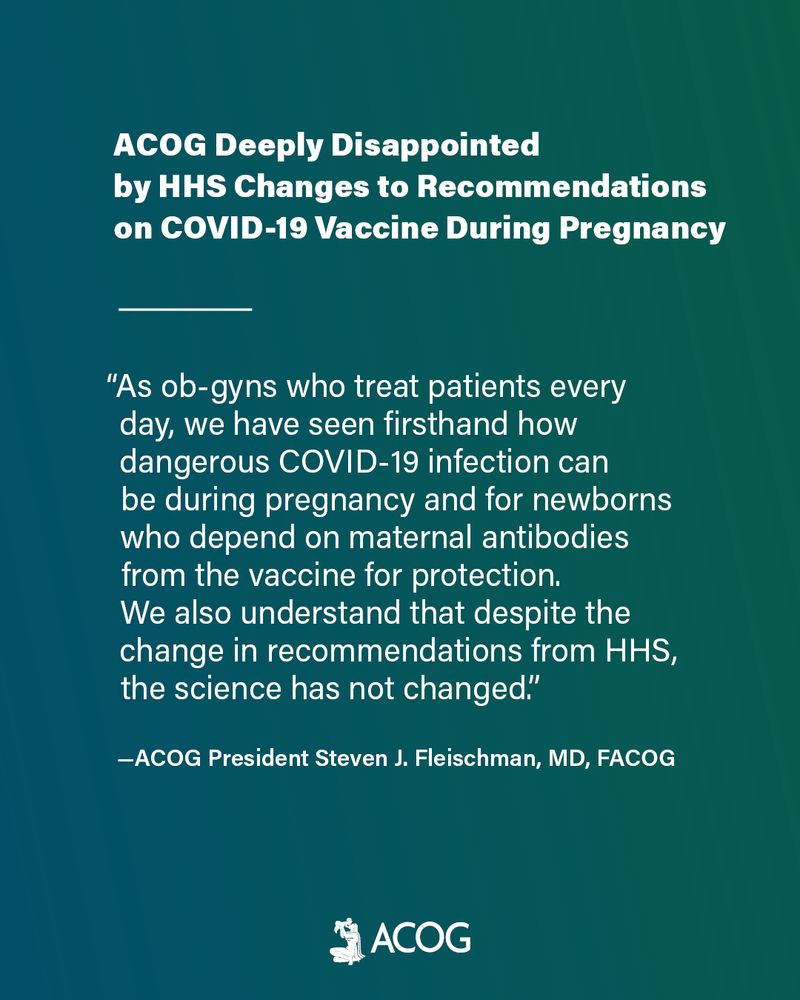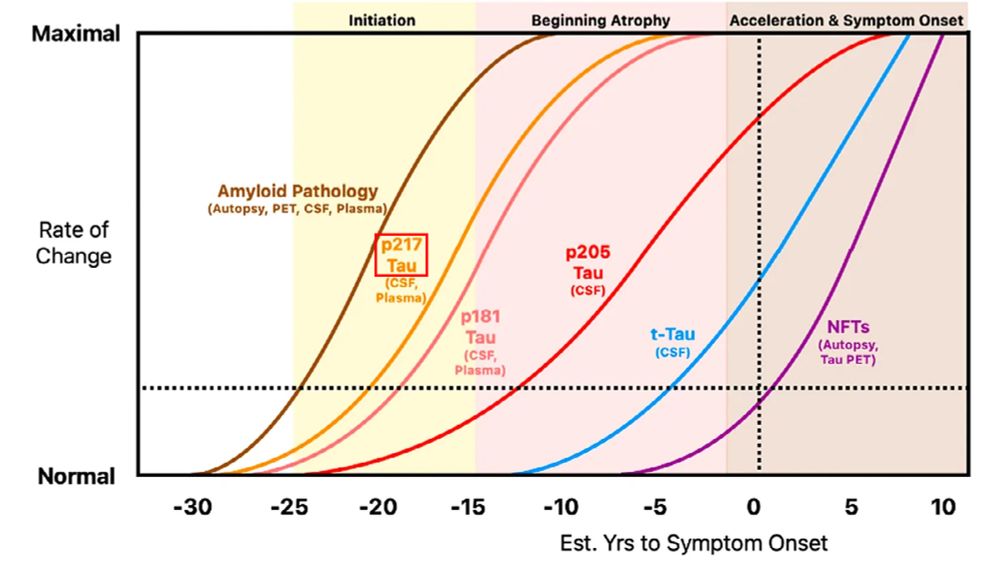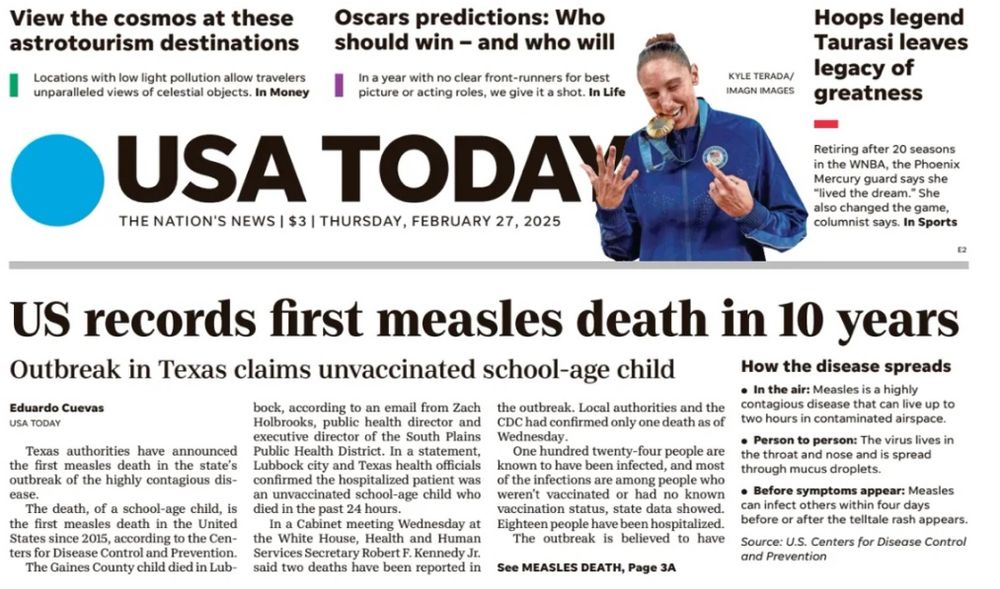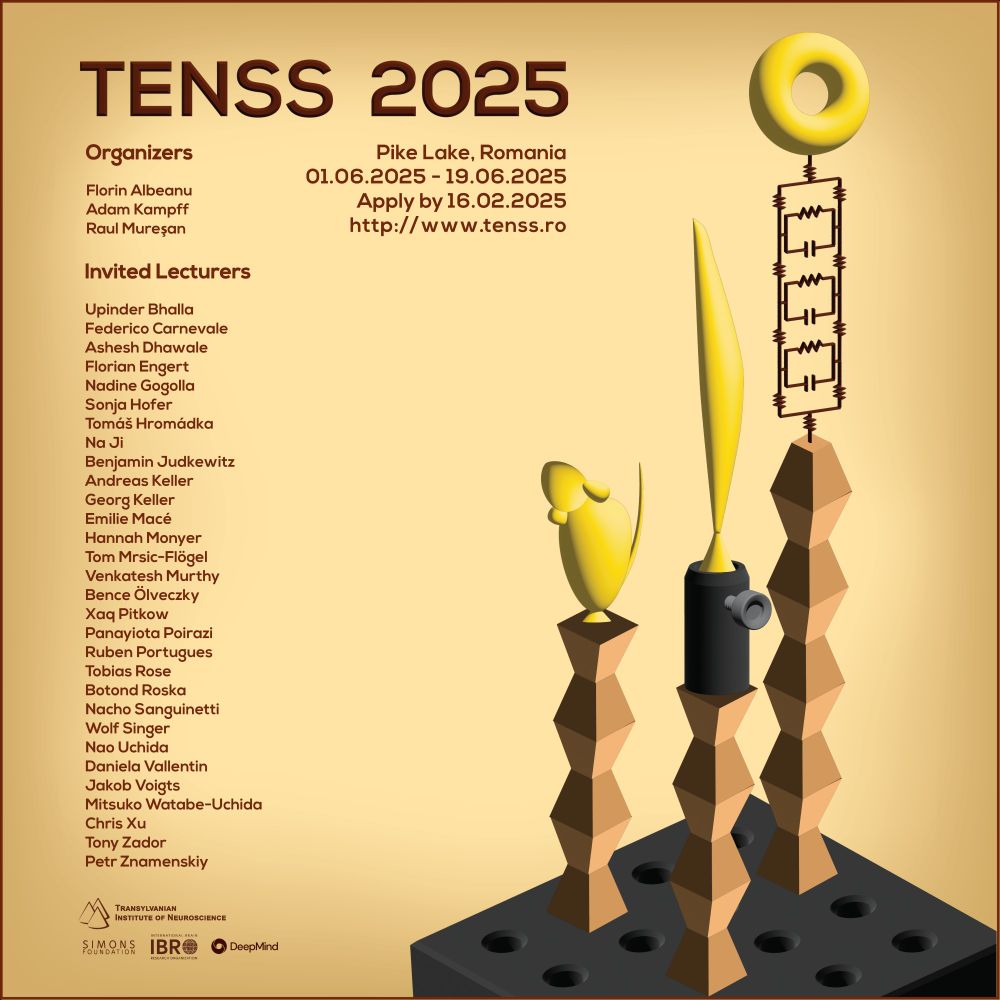Bob Pellegrino
@kingfunk.bsky.social
98 followers
110 following
15 posts
Human psychophysicist interested in all things smell.
📸: @smellboi24_7
Posts
Media
Videos
Starter Packs
Bob Pellegrino
@kingfunk.bsky.social
· Aug 14
Bob Pellegrino
@kingfunk.bsky.social
· Jun 26
Reposted by Bob Pellegrino
Reposted by Bob Pellegrino
Reposted by Bob Pellegrino
Joel Mainland
@jmainland.bsky.social
· May 7
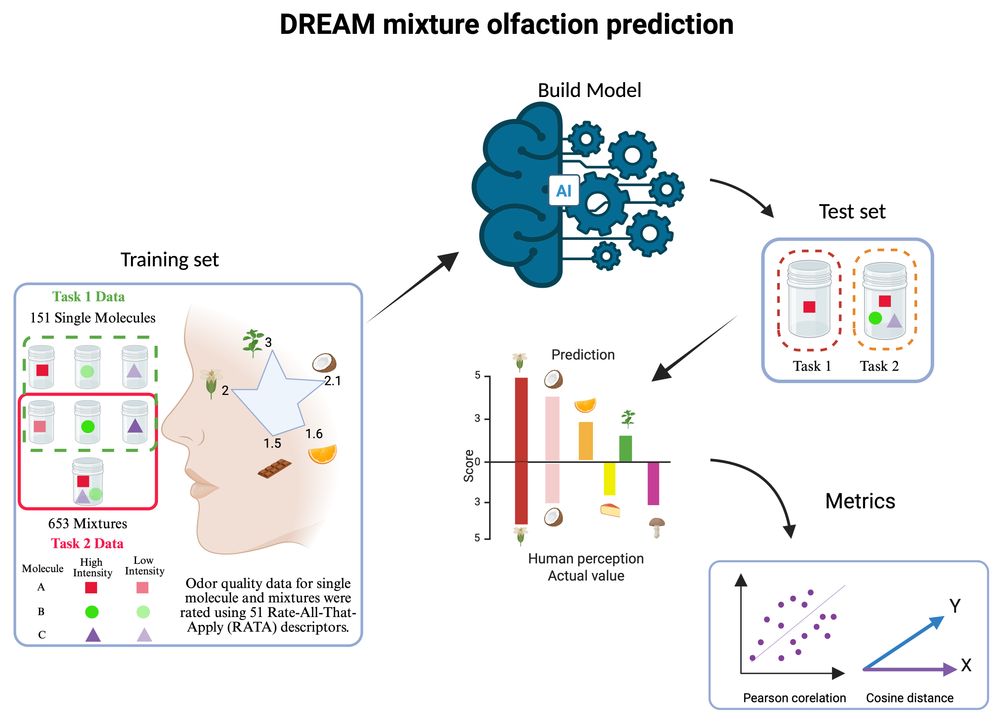
DREAM Olfactory Mixtures Prediction Challenge 2025
'DREAM Olfactory Mixtures Prediction Challenge 2025' (Synapse ID: syn64743570) is a project on Synapse. Synapse is a platform for supporting scientific collaborations centered around shared biomed...
www.synapse.org
Reposted by Bob Pellegrino
Reposted by Bob Pellegrino
Kadjita Asumbisa
@kasumbisa.bsky.social
· Apr 15
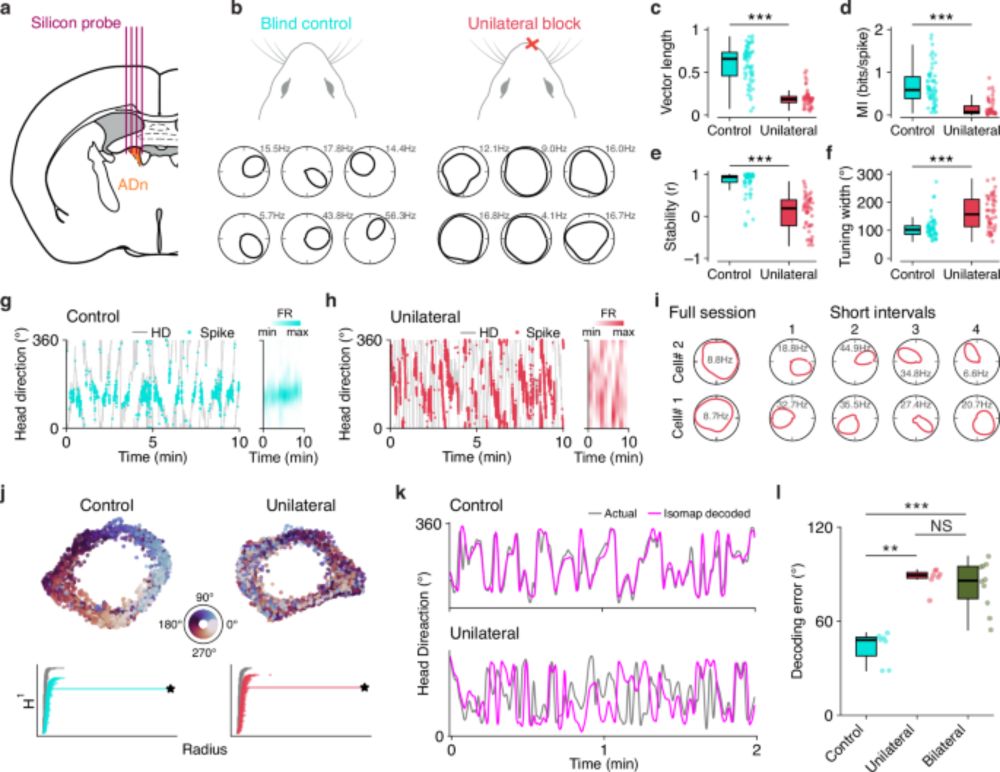
Stereo olfaction underlies stable coding of head direction in blind mice - Nature Communications
Stereo olfaction involves comparing odor differences between the two nostrils. Here, using neuronal recordings and a behavioral test, the authors demonstrate that blind mice use stereo olfaction to fo...
www.nature.com
Reposted by Bob Pellegrino
Patrick Forcelli
@paf1984.bsky.social
· Mar 22
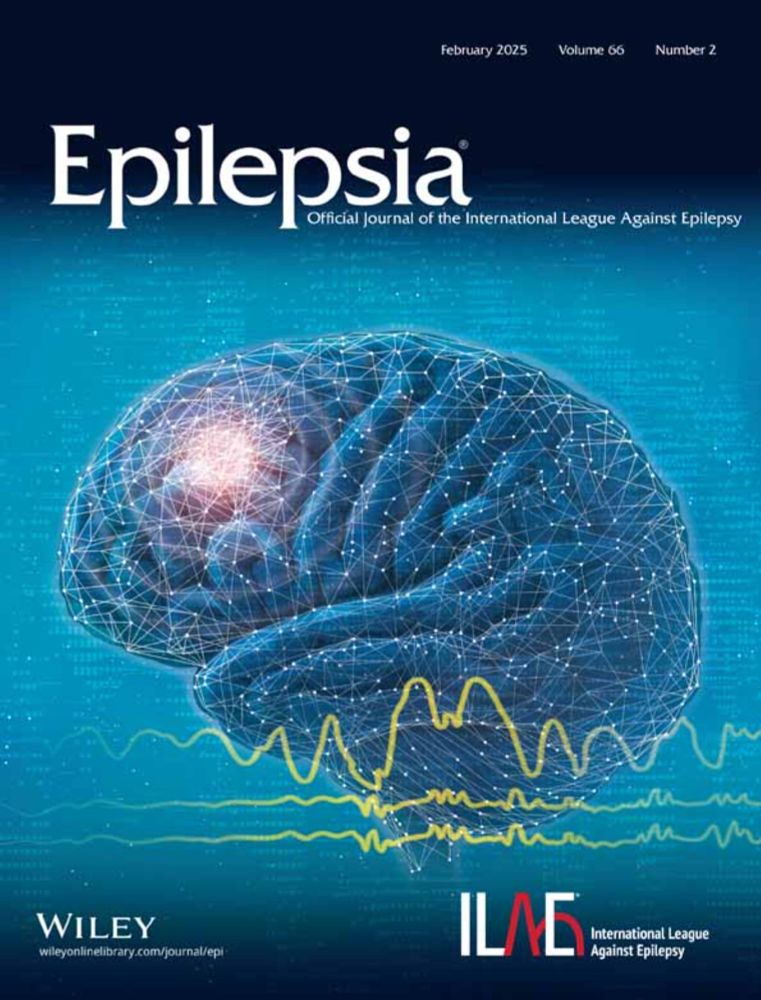
Piriform cortex is an ictogenic trigger zone in the primate brain
Objective Area tempestas, a functionally defined region in the anterior piriform cortex, was identified as a crucial ictogenic trigger zone in the rat brain in the 1980s. However, whether the primat...
onlinelibrary.wiley.com
Reposted by Bob Pellegrino
Reposted by Bob Pellegrino
Reposted by Bob Pellegrino
Ben Young
@benyoung.bsky.social
· Jan 30
Reposted by Bob Pellegrino
Eric Topol
@erictopol.bsky.social
· Jan 30
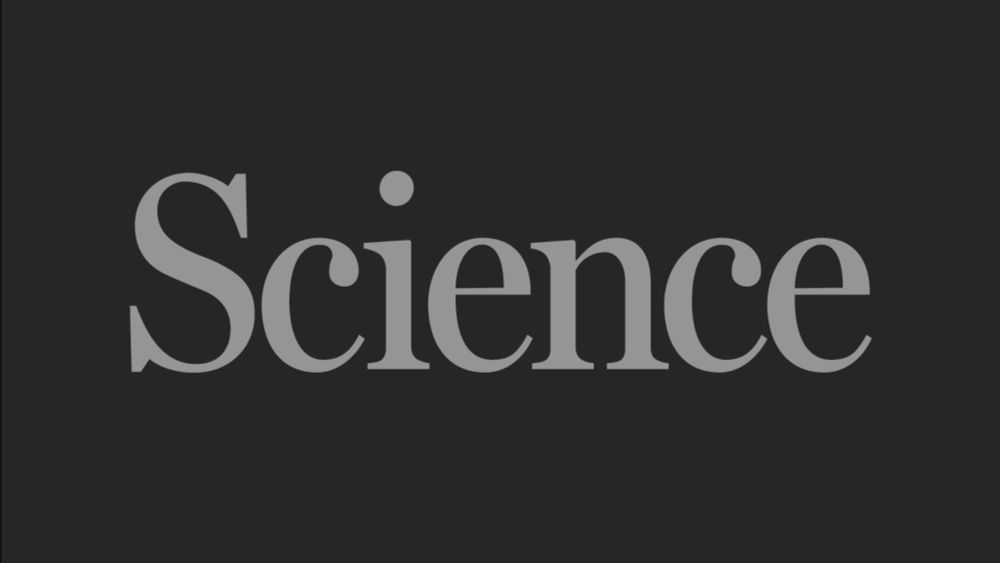
Learning the language of life with AI
In 2021, a year before ChatGPT took the world by storm amid the excitement about generative artificial intelligence (AI), AlphaFold 2 cracked the 50-year-old protein-folding problem, predicting three-...
www.science.org
Reposted by Bob Pellegrino
Bob Pellegrino
@kingfunk.bsky.social
· Jan 26
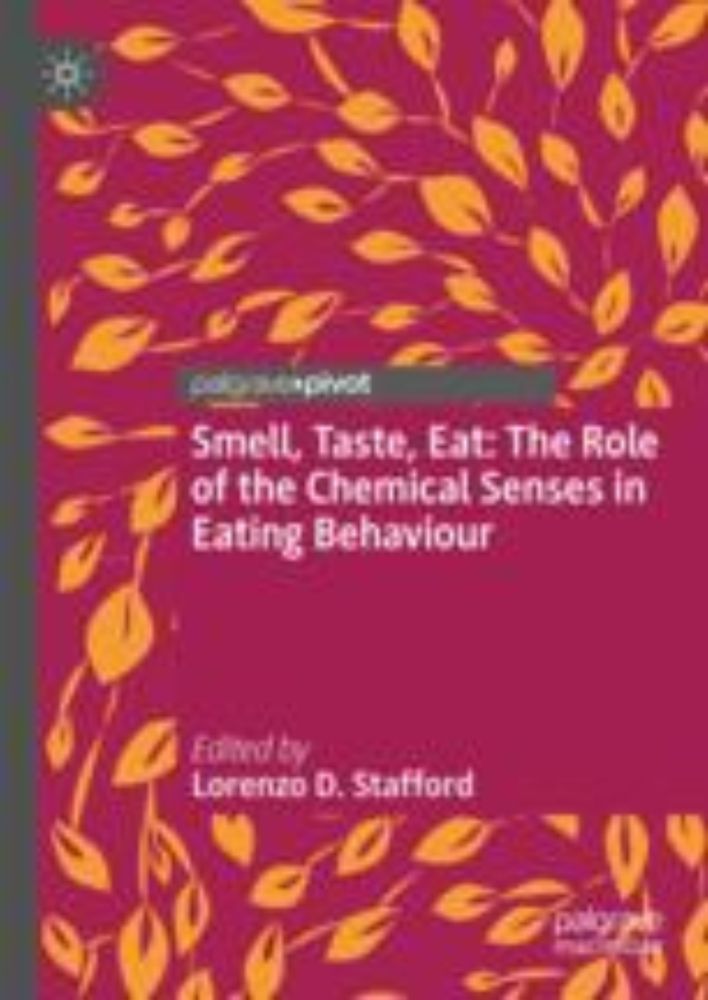
The Effect of Olfactory Disorder (and Other Chemosensory Disorders) on Perception, Acceptance, and Consumption of Food
People with changes in the overall sensory experience of food often complain of taste disturbances, although the problem is normally caused by the loss of aroma in the food (thus an olfactory disorder...
link.springer.com








